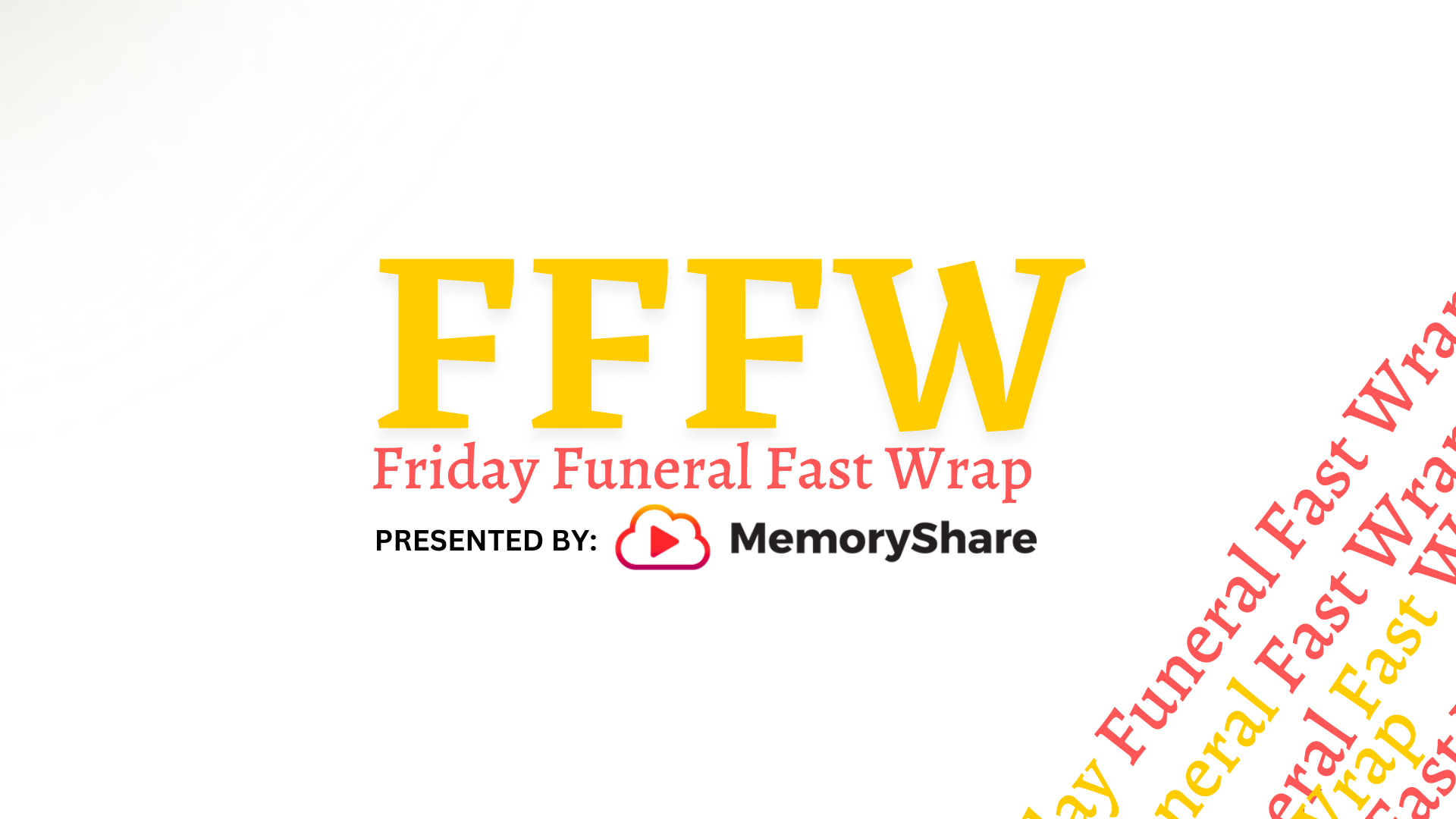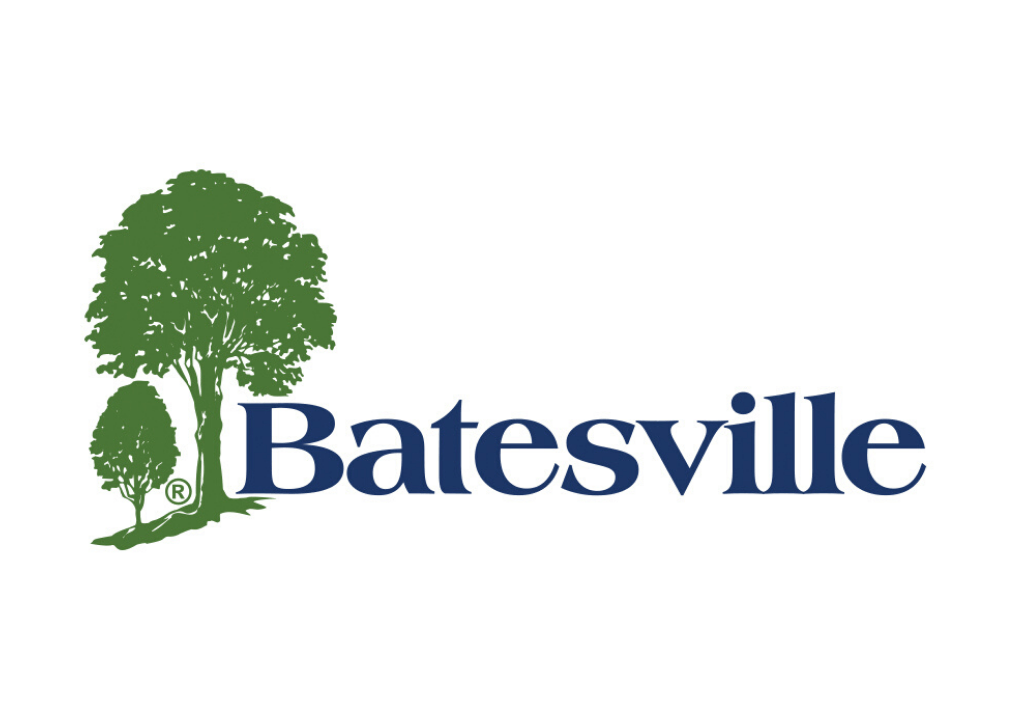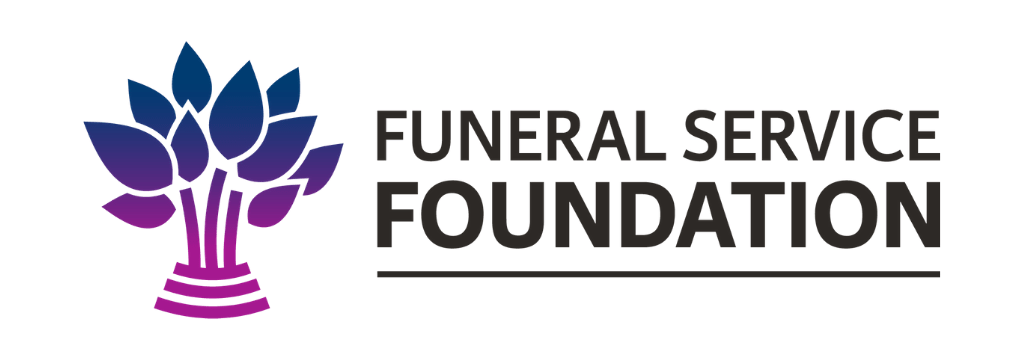Roller Coaster of Death
Article originally appeared on Ozy
Death is terrifying, so why not make it exhilarating instead? That’s the purpose of the “Euthanasia Coaster,” a giant big-dipper design aimed at taking its passengers through a series of extreme drops and loops that would create euphoria and then kill them by starving the brain of oxygen.
This macabre invention is the brainchild of Lithuanian engineer Julijonas Urbonas, who designed it in 2010 as a Ph.D. candidate in design interactions at the Royal College of Art in London. Urbonas, who developed a romance for amusement parks during the years he worked at one, saw this horror-movie scenario as an alternative death ritual propelling people to the afterlife, as he puts it, “humanely with elegance and euphoria.” No one’s actually built it yet, except as a scale model.
At the top, there would be time to say a prayer or blow a kiss to relatives (or bail) before pressing the “fall” button.
Here’s how the world’s oddest suicide method would work: First the rider would face a long, slow climb up to more than 500 meters, giving him or her a few minutes to think back on life and contemplate the decision. At the top, there would be time to say a prayer or blow a kiss to relatives (or bail) before pressing the “fall” button and plummeting into the long steep plunge followed by the first 360-degree loop. That’s where most riders would die. According to Urbonas, traveling at 100 meters per second, the person would experience a G-force-induced loss of consciousness due to cerebral hypoxia (lack of oxygen reaching the brain), which often causes a sense of euphoria. Just in case that first one didn’t do it, six more consecutive loops would finish the job. Building the structure would be a challenge. The Euthanasia Coaster would be more than three times the height of the world’s tallest roller coaster, the Kingda Ka, which took 18 months and $25 million to construct.
Of course this sounds like a nightmare for anyone without a death wish or who doesn’t enjoy white-knuckle thrills and vertigo. But for those who do, Urbonas argues his killer ride would provide a more “humane” death because not only would it be painless — even somewhat pleasant — it would also be more beautiful. “It would be a meaningful death: For the faller, it is a painless, whole-body engaging and ritualized death machine,” says Urbonas, who believes death has become “divorced” from the cultural life in Western society and could be made more significant by a ritual adapted to the contemporary world.
The idea sparked outrage among anti-euthanasia groups. “The life of a human being cannot ever be taken ‘humanely with elegance and euphoria,’” says Dr. Peter Saunders from Care Not Killing, “and with this method the last sensation would more probably be one of overwhelming vertigo and fright.”
The concept of mixing death and fun is even too far-fetched for providers of end-of-life care working with the terminally ill and for defenders of euthanasia. “Such a machine has nothing to do with true euthanasia,” says Derek Humphry, president of the Euthanasia Research & Guidance Organization. “A good death is at home, with family, and a doctor present to relieve pain.”
No surprise the idea’s attracted no commercial interest, though perhaps it will end up being featured in some futuristic, scary movie. The debate around the right to die is already contentious enough without trying to turn it into a show. Yet Urbonas insists that, as an artist, he never meant for his creation to encourage or discourage people from assisted suicide, but simply to offer “food for thought.” That said, if the unlikely day comes when society is ready to embrace his idea of a monumental death ride, he says he’d happily hand the design over to the public.





